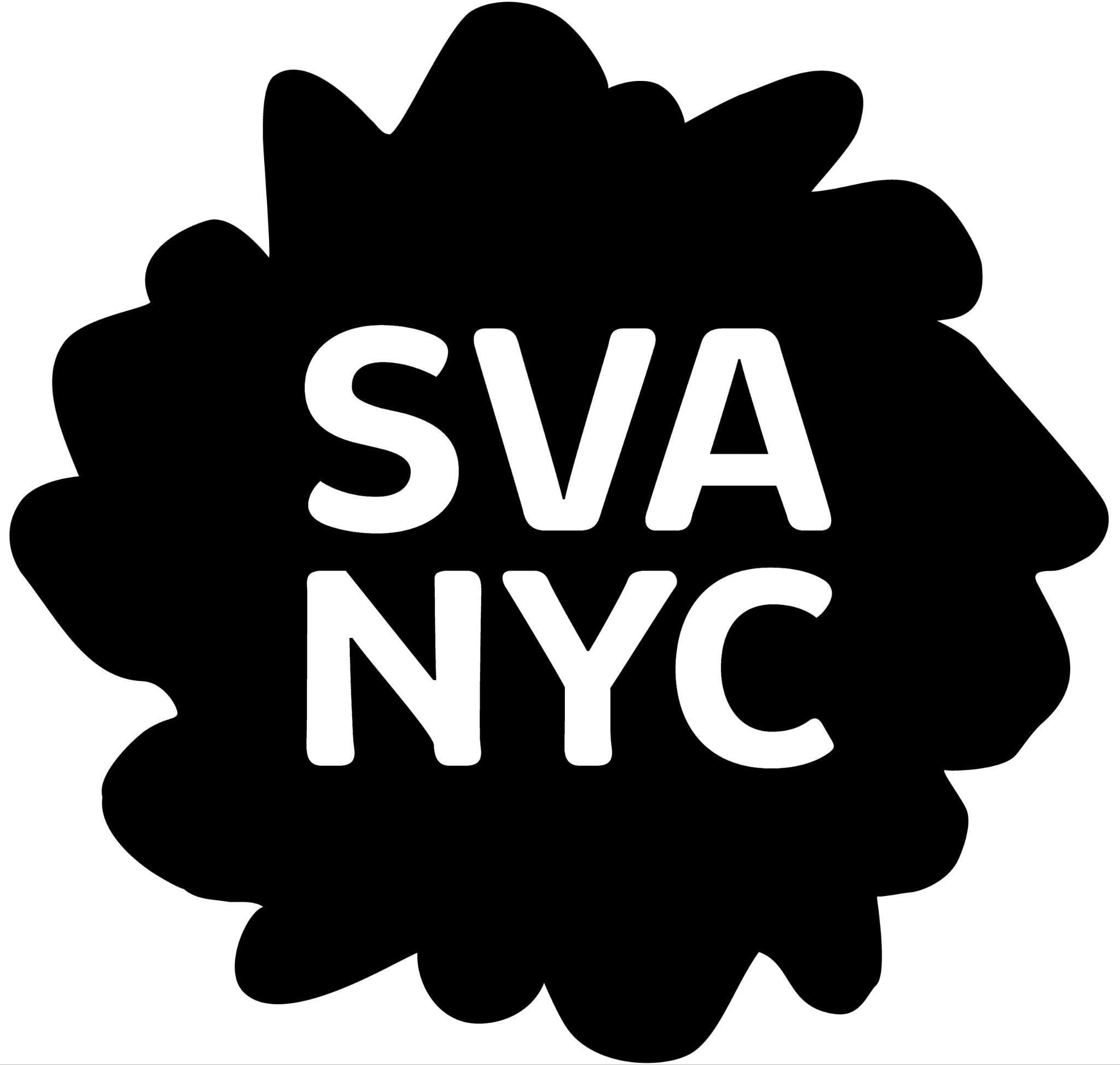DIGITAL IMAGING CENTER
3D PRINTING WORKFLOW


DIC will inspect all designs to ensure they are watertight. Failure to repair defects increases the likelihood of print failure and subsequent printer damage. It will have a negative impact on other jobs in the queue. We strongly advise you to take every precaution to ensure the quality of your 3D projects.
To prepare your design for 3D printing, you can use popular programs like Adobe Illustrator, Shapr3d, Cinema 4D, and Blender.
1. Export your model from your 3D program in either STL or OBJ format, with STL preferred.
2. Open the Cura application.
3. To ensure consistency with Okta sign-in, use your SVA email credentials to create an Ultimaker account or log in if you already have one.

4. Open Cura and sign in, then import your model in STL or OBJ format by clicking the folder icon. An admin will review your file through Cura to ensure it meets the requirements.
5. Cura will notify you of any potential water tightness issues with your model after you import it. If your design is not watertight, Cura offers mesh tools to address any issues before printing, such as repairing holes and flipped normals.
Right-click on your Cura model, select "Mesh Tools," and click "Repair" to repair any issues.
Tip: We highly recommend that your model is watertight. If you're new to 3D printing, you should know that exporting a 3D asset from Adobe Illustrator in OBJ format with multiple objects isn't recommended. Don't worry; you can still prepare your model for printing! All you need to do before printing is combine your objects into a single mesh, which you can easily do in Blender or Cinema 4D. Cleaning up your model is essential for a successful print.
You can do this with the 3d Print add-on in Blender or the Boolean modifier in Cinema 4D. Another option is to use Cura's Mesh tools but remember that it may only sometimes perfectly repair your model.
6. Use Cura’s tools to scale, position, and move your model, but be careful not to scale it beyond the build plate. 330 x 240 x 300 mm (13 x 9.4 x 11.8 inches)
7. Select the filament color for your model. Currently, we have six filament colors available, including red, blue, yellow, white, gray, and black.

8. You have four presets in Cura for your 3D printing needs. If you're looking for a faster print, you may want to consider choosing a draft mode with no infill.

Draft mode: This is the quickest option and is ideal for printing basic, low-detail models.
Default mode: This is a balanced option between print quality and print time. It's a good choice for models that require moderate levels of detail and don't need the highest possible print quality.
Visual mode: This mode is a step up from Draft mode in terms of print quality and is suitable for models requiring moderate detail levels. The print time is longer than in Draft mode, but the quality is better.
Engineering mode: This is the most precise option and ideal for models with moving parts or requiring high levels of detail. The print time is longer than in Visual mode, but the quality is significantly better.
9. To ensure a successful print, use the Slice and Preview functions in the Cura app to troubleshoot your model. Preview each layer using the slider. Also, choose appropriate adhesion and support settings for complex overhangs.
10.Ensure that support and adhesion are active under printing settings. Although infill is optional, it is crucial in providing structural integrity and durability.
To ensure a successful print, use the Slice and Preview functions in the Cura app to troubleshoot your model. Preview each layer using the slider.
When you're ready to print, click print.
 Example of support overhang angle of 45 degrees for 3D printing.
Example of support overhang angle of 45 degrees for 3D printing.
Learning Resources:
Issuu is a popular collection of flipbook guides used frequently at the DIC. Take time to visit the site when you can—modeling Crash Course - Cinema 4D, Free Cinema 4D Courses
Cura printing techniques. Jump to the 30-second mark of the video to quickly learn about Cura, load a model and get familiar with its features.
Cura 101 Blender in 20 minutes.
Best Practices
● Never touch the printer.
● Have the DIC Manager inspect your file before printing.
● Use Cura's Preview function and Mesh Tool to troubleshoot your model.
● Choose filament color before printing.
● (Red, Blue, Yellow, Gray, White, Black)
Pick up your model from room 507 between 9 am to 5 pm on weekdays (excluding weekends). This guide has provided a basic understanding of the steps to print your 3D model at the Digital Imaging Center. Please contact Stephen Alvarado of the DIC if you have any additional inquiries.
Revised on April 19th, 2023, by the Digital Imaging Center Manager
